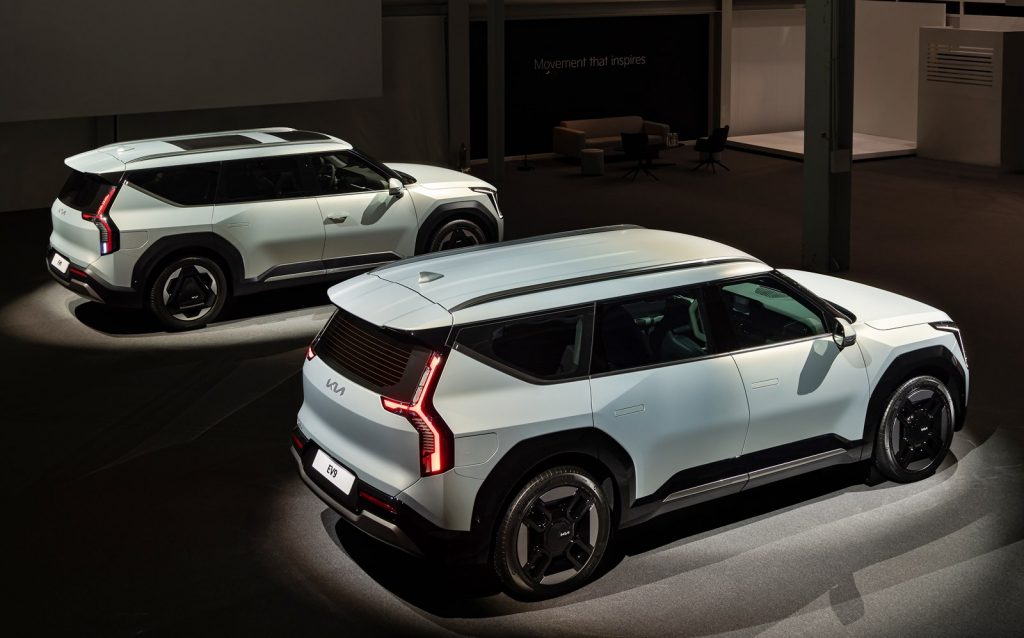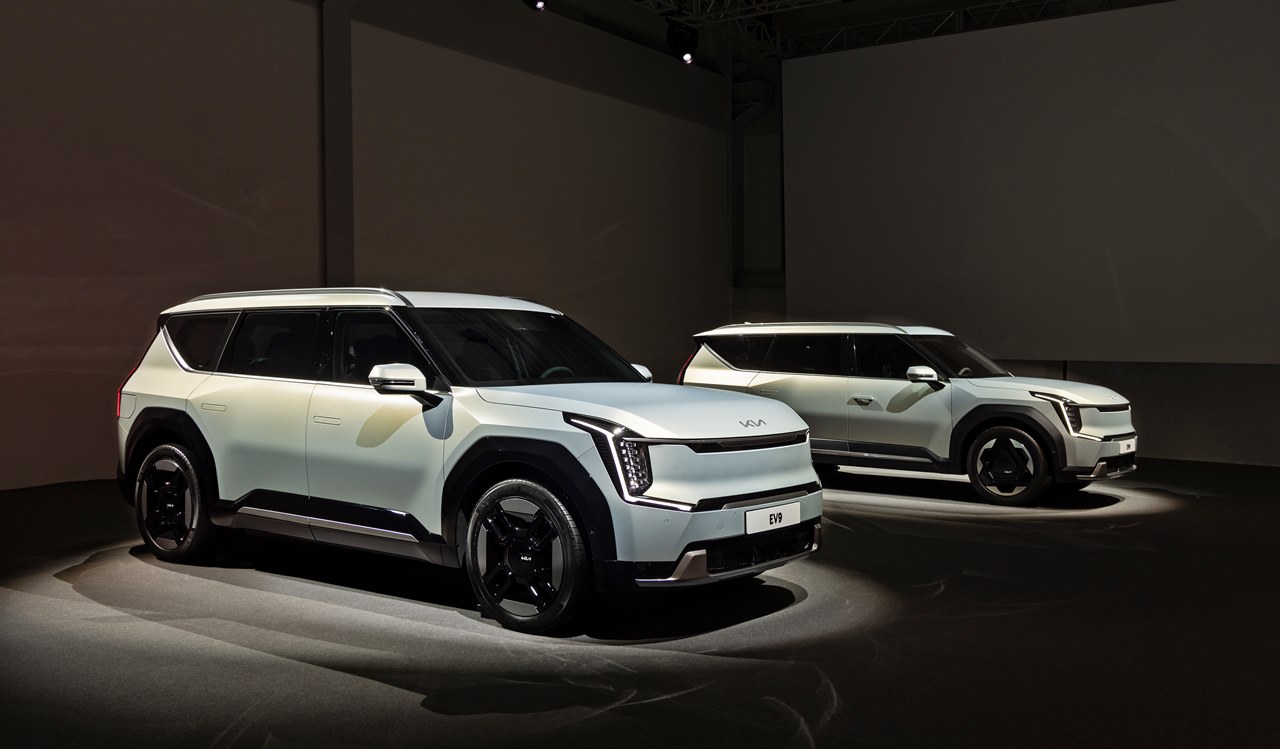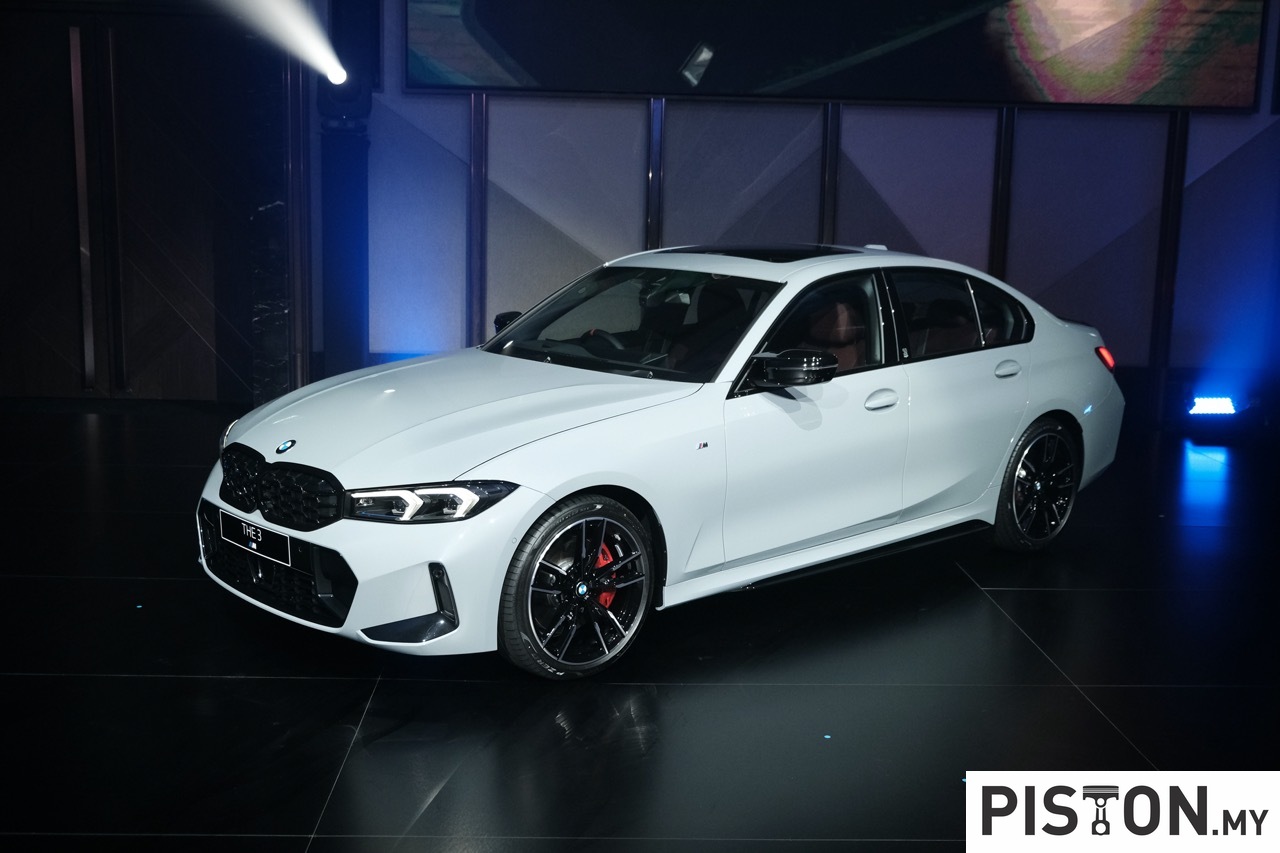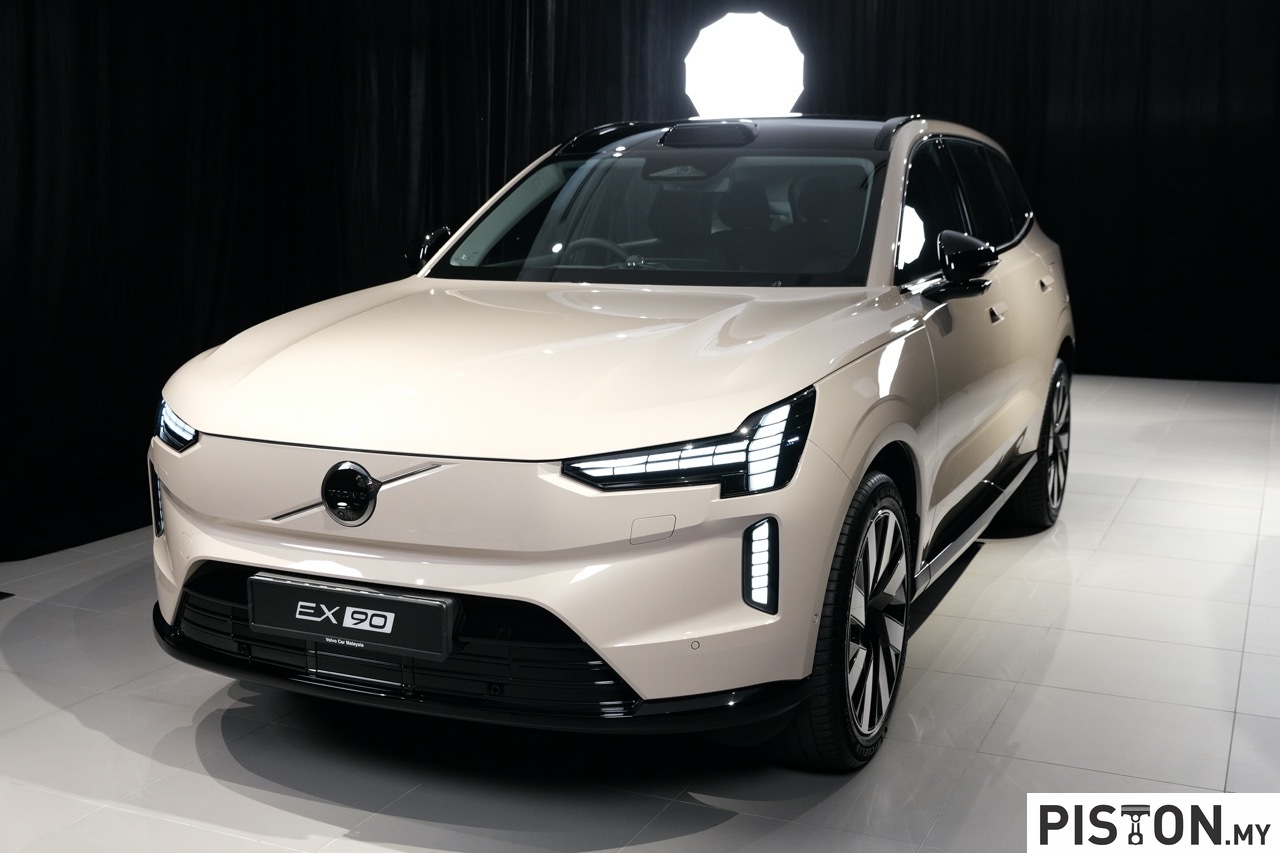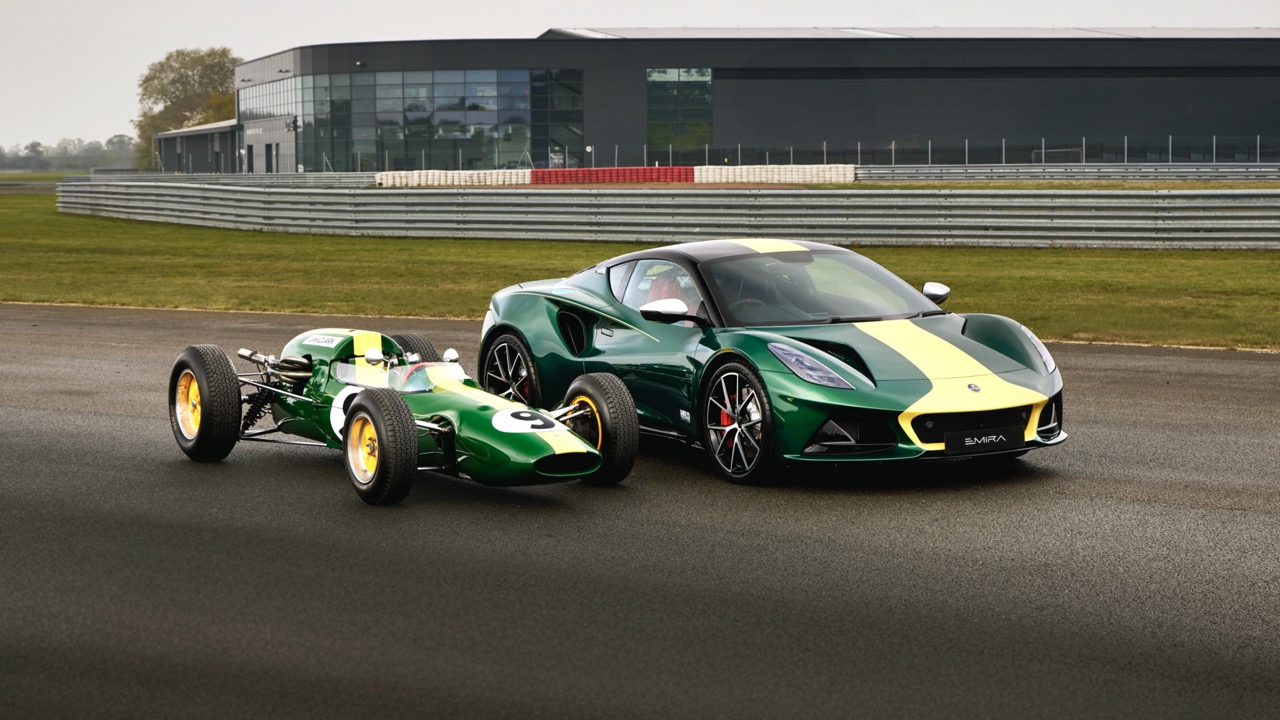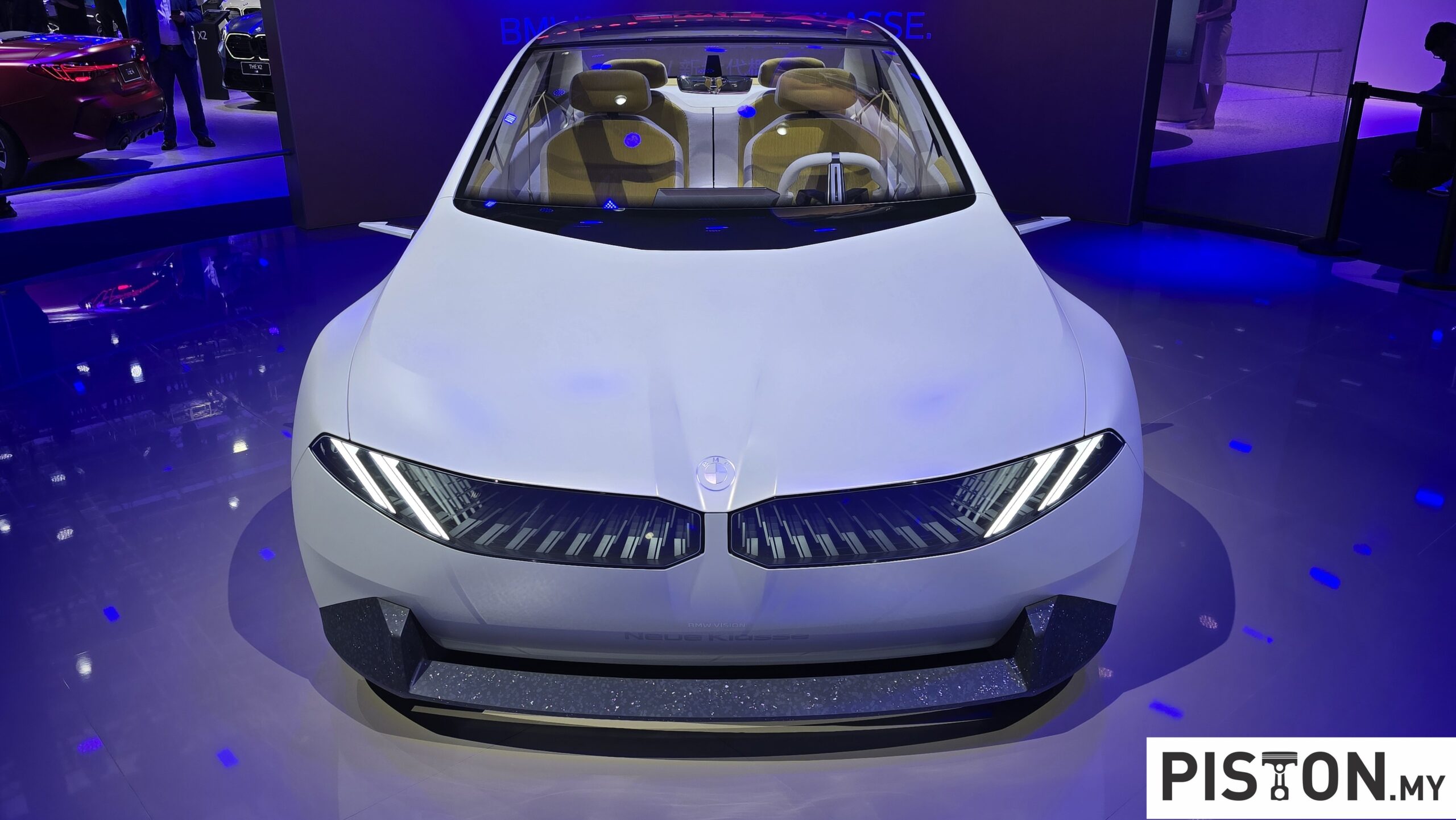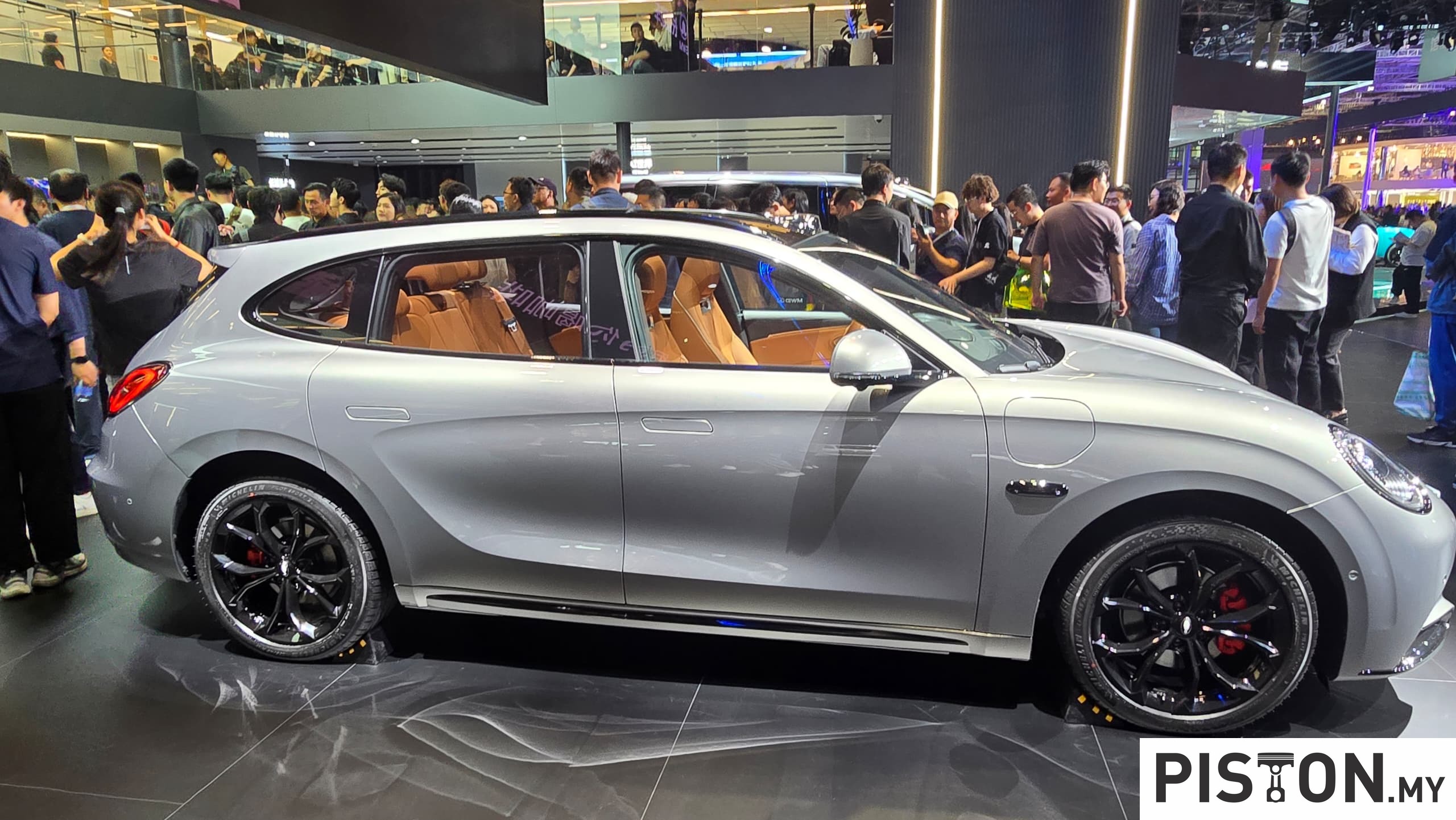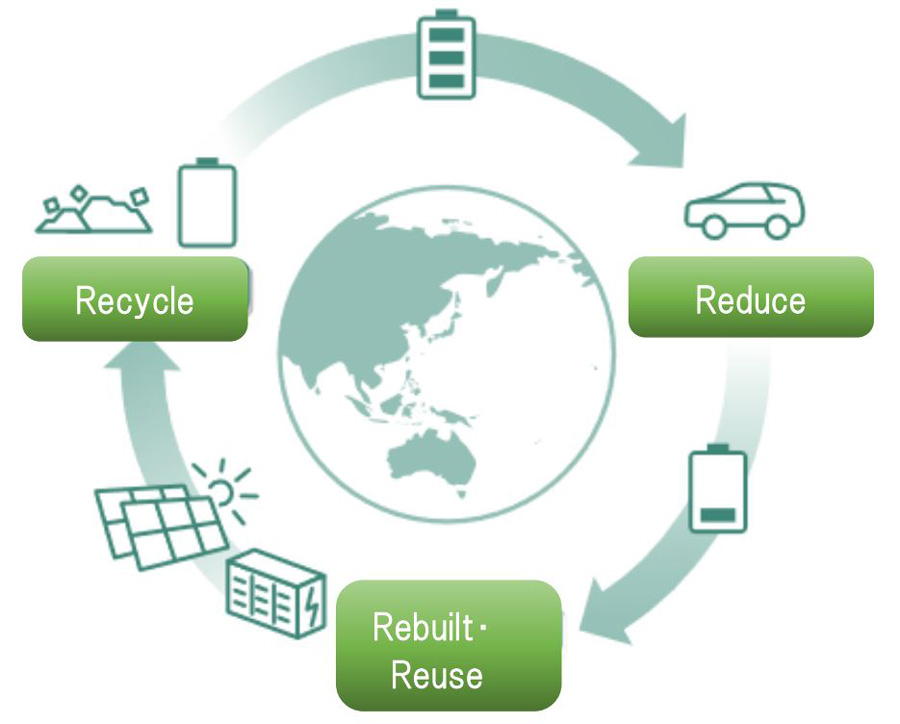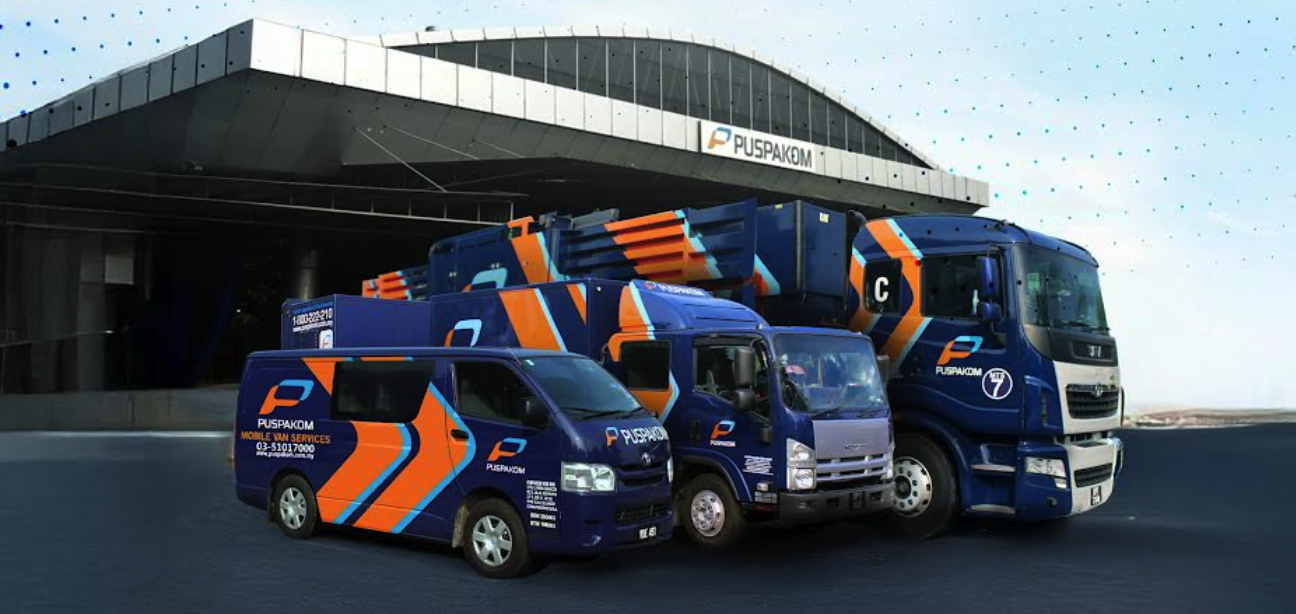At the 2021 Los Angeles Auto Show, Kia displayed the Concept EV9 which was expected to be the new flagship SUV of the brand. And with electrification underway, it would be a battery electric vehicle (BEV). 16 months later, here are the first pictures of the production model – Kia’s first 3-row electric flagship SUV – with the official global debut to take place towards the end of the month.
“The Kia EV9 breaks new ground, aiming to redefine standards for design, connectivity, usability and environmental responsibility,” said Karim Habib, Executive Vice-President and Head of the Kia Global Design Centre. “The Kia EV9 offers customers an exceptionally high-quality proposition and a fresh EV perspective in the family SUV sector. This new vehicle typology provides instinctive experiences and excellent comfort for not just the driver, but all occupants, through innovative use of space, technology and design.”
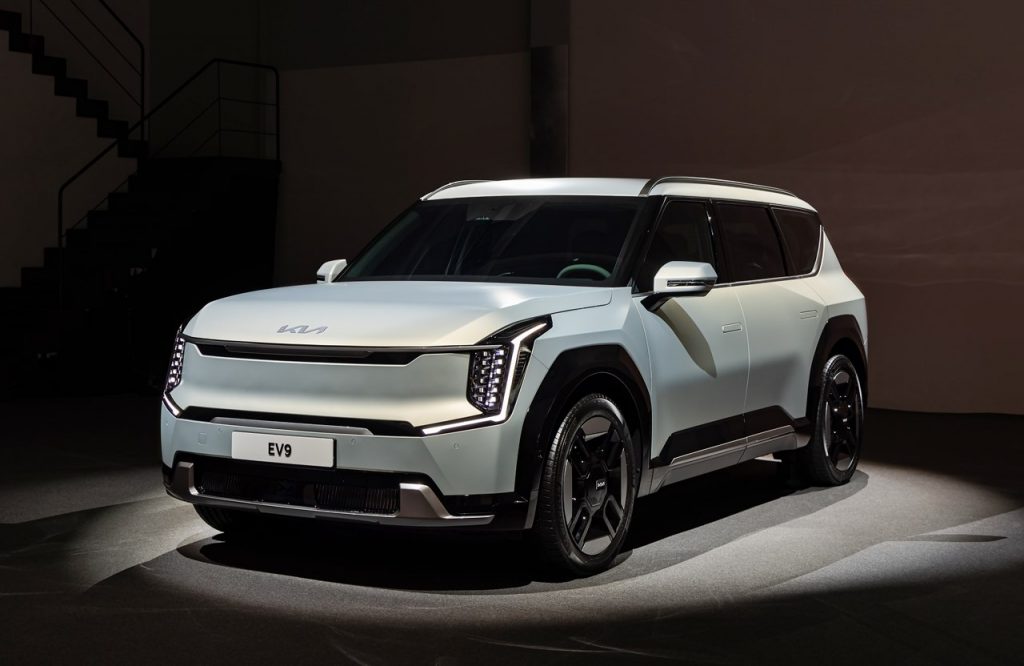
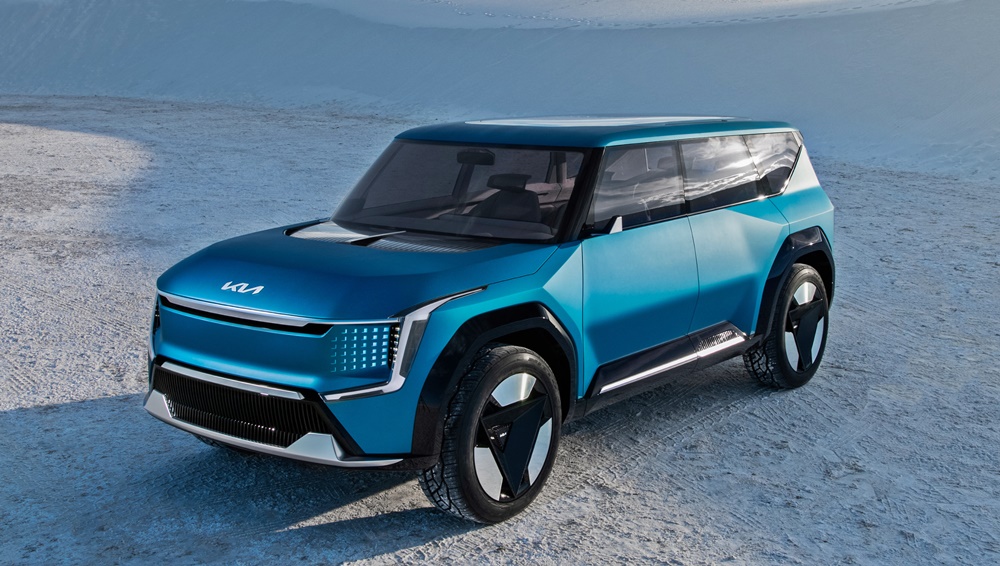
Guided by the brand’s ‘Opposites United’ design philosophy, Kia’s designers have applied the ‘Bold for Nature’ pillar of the ideology. This inspires the combination of elements from the natural and material worlds, and has been a key role in forming the exterior design of the EV9. The result is a vehicle design which has a unique combination of sleek, sculptural shapes and assured, assertive in its form.
The front of the EV9 has the simple clear-cut lines and body surfaces that we’ve seen on the latest models from Kia. In particular, the ‘Digital Pattern Lighting Grille’ and striking vertical headlamps follow the same theme as the EV6.
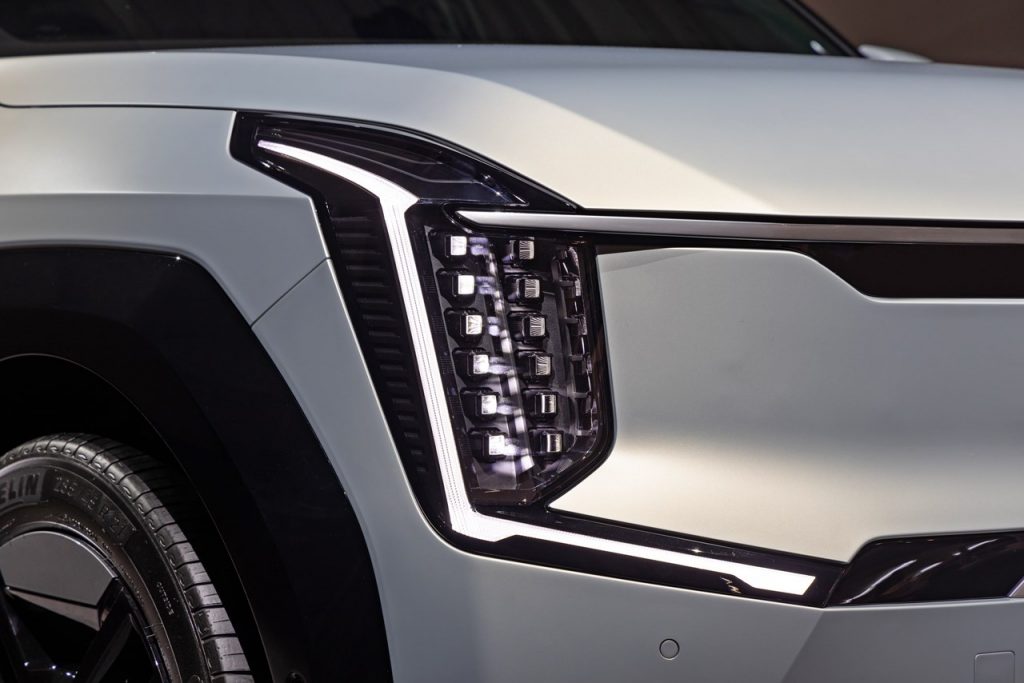
The trademark ‘Tiger Face’ is retained, even in the electric era with a ‘Digital Tiger Face’ that imparts a visionary and futuristic look and feel. This features two clusters of small cube lamps within the bodywork adjacent to each headlamp.
Also interesting are the ‘Star Map LED daytime running lights (DRL)’ which present a sophisticated animated lighting pattern that will denote Kia’s Digital Tiger Face for the brand’s future EV models.
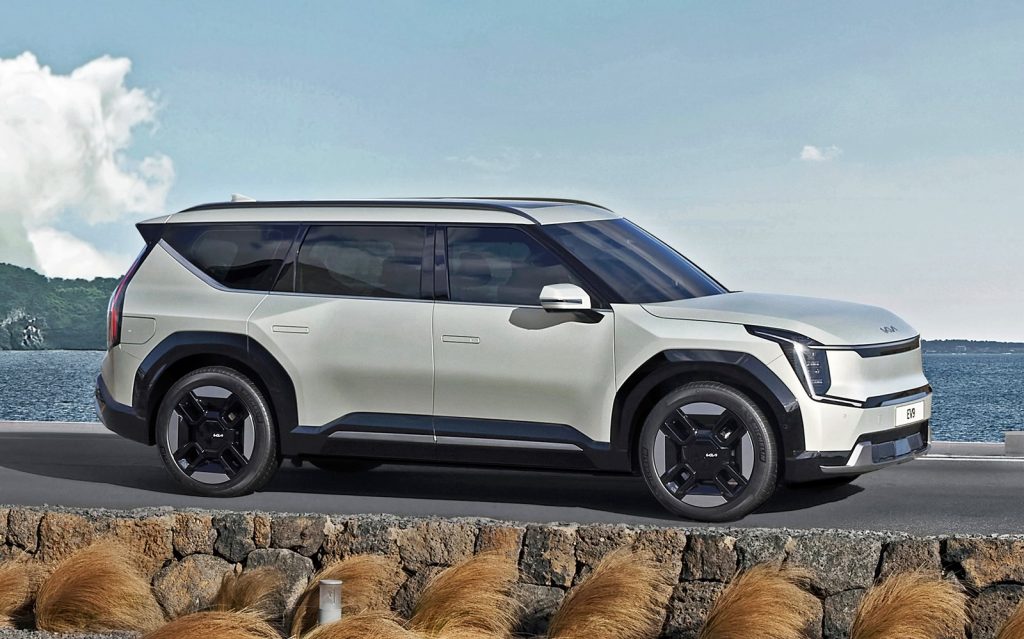
Formed from a polygonal design language, the side profile of the EV9 has a traditional SUV look which also possesses exceptional aerodynamic efficiency, according to the carmaker. Flush door handles and the tapered back roofline contribute to this efficiency. Dynamic triangular fender structures and highly pronounced geometric wheelarches combine with the fuselage body, unifying the polygonal elements into a cohesive.
At the rear of the vehicle, the tailgate has simple and clean line, with slim rear lights that mirror the design of those at the front.
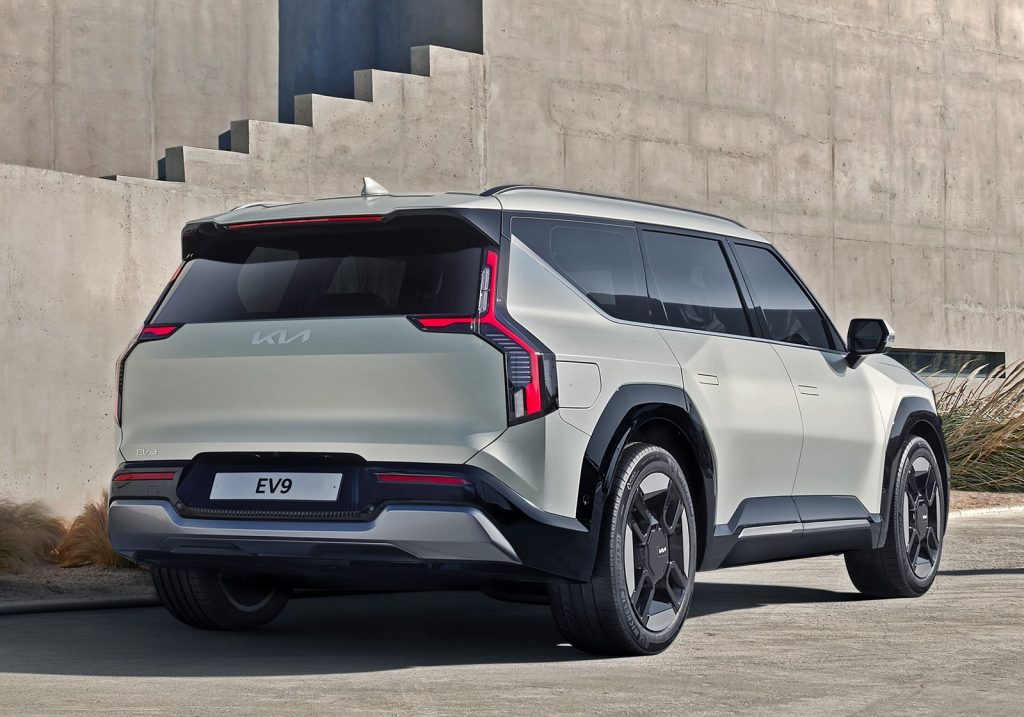
New social space with within
These days, interior designers look at the cabin of a car more as a ‘social space’ rather than merely a compartment containing passengers. They therefore design for interaction between humans as well as with the machine. Equality of space, comfort and experience is given to all occupants without placing all the focus on the driver.
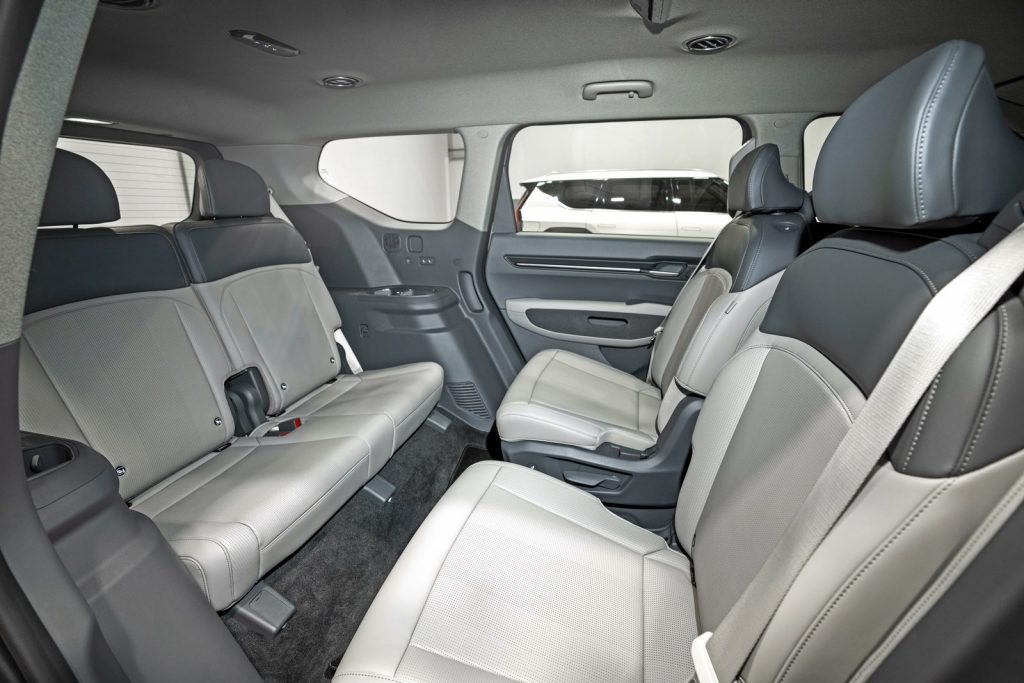
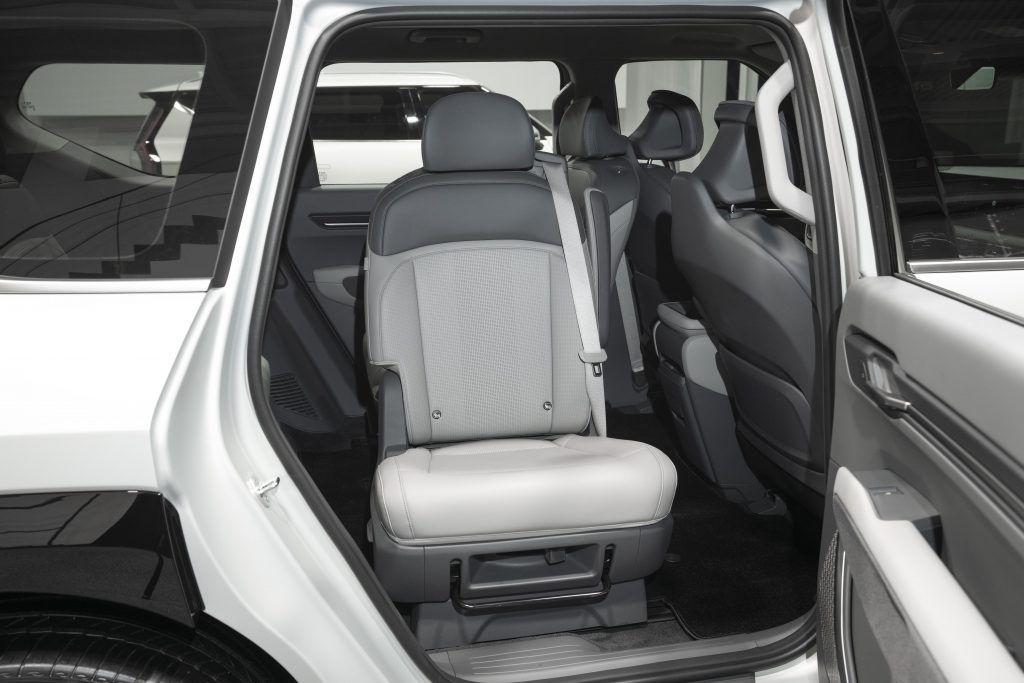
Built on Kia’s Electric Global Modular Platform (E-GMP), the EV9’s long wheelbase, low beltline, and completely flat electric vehicle architecture provides generous space. All the occupants can connect and relax with lounge-style comfort in all three rows of seats with 6-seat and 7-seat layouts.
Occupants sitting in the first and second rows can simultaneously recline their seats to relax and rest when the EV9 is being recharged. The seats in the second row can also be swiveled 180 degrees so that occupants can interact with those sitting in the third row.
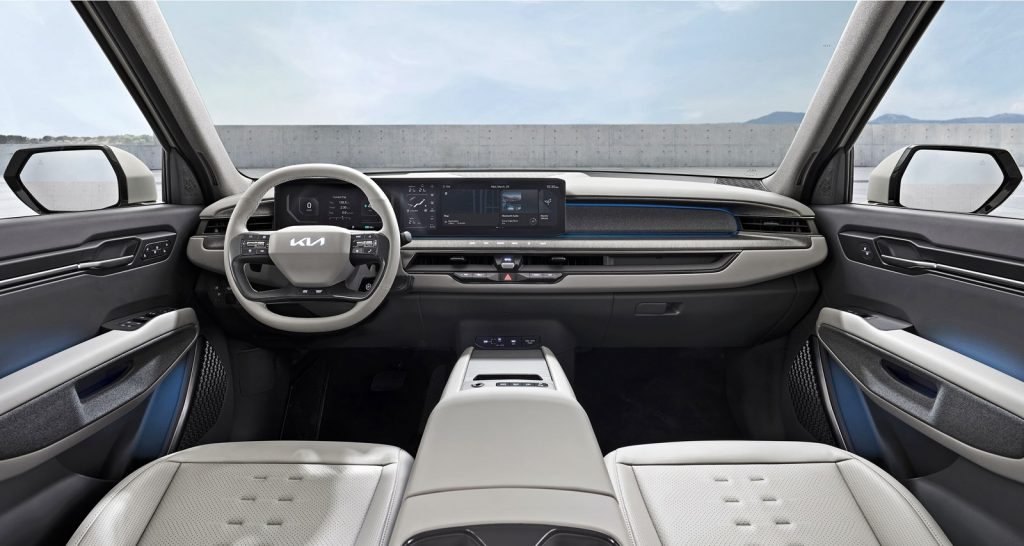
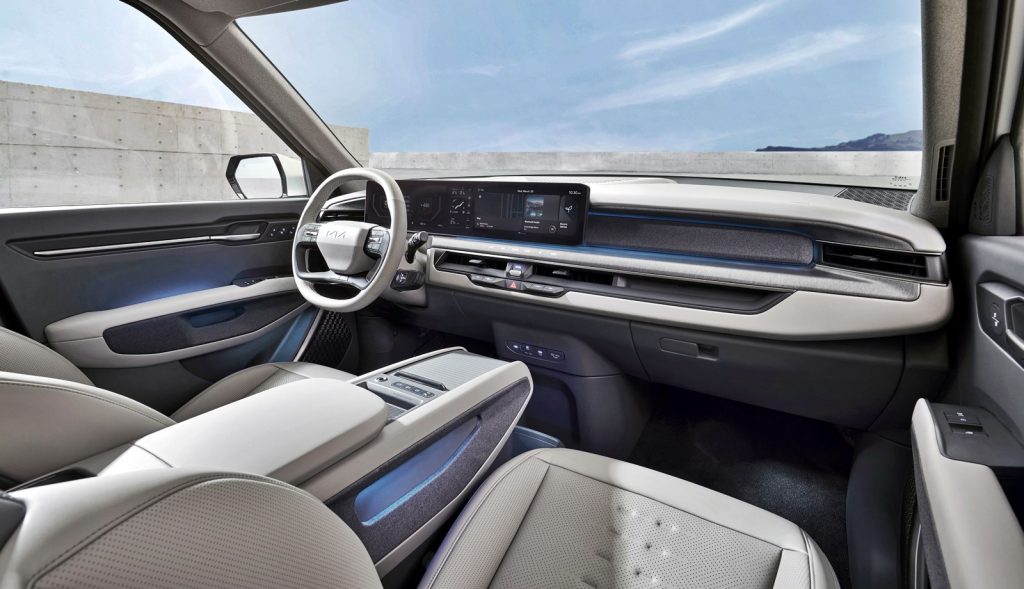
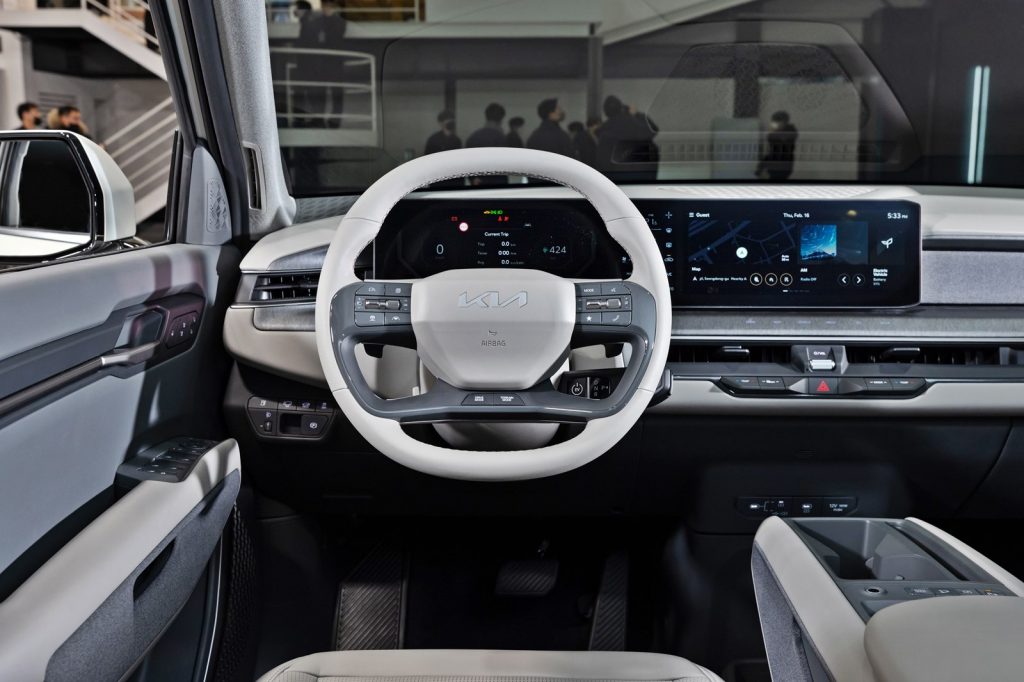
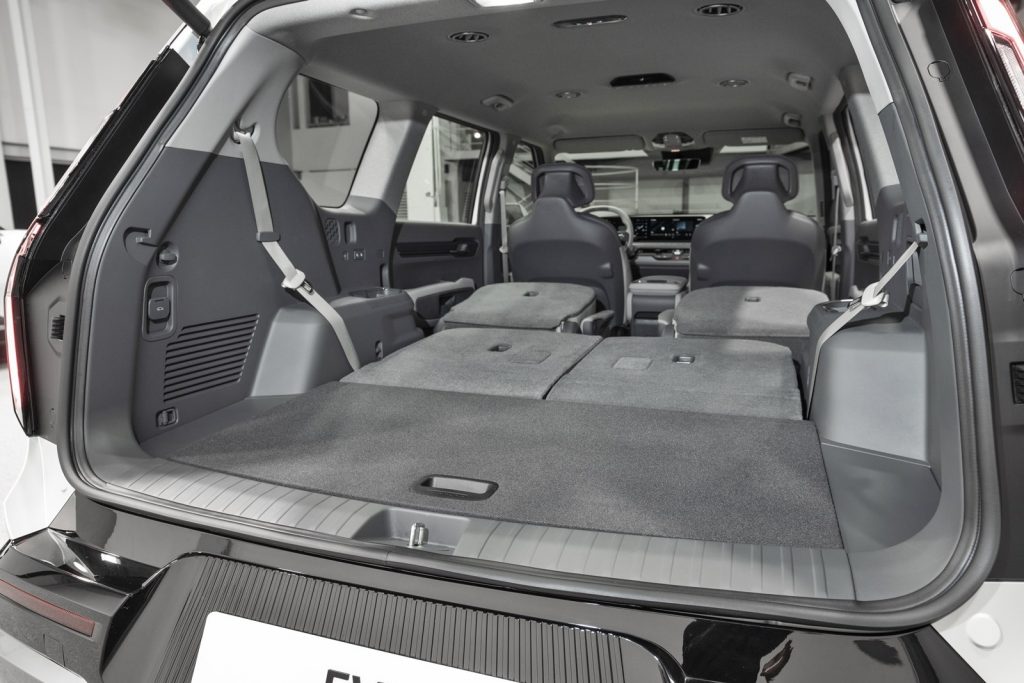
The cabin has a spacious, light and airy feeling, with an open, floating panoramic dashboard. Two 12.3-inch touchscreens integrated with a 5-inch segment display improve the digital experience, offering effortless control of the vehicle’s functions and ensuring physical buttons are kept to a minimum. The centre console is equipped with ample storage options, including a spacious compartment located at its base.
The EV9’s extended display high-definition audio-visual, navigation and telematics (AVNT) screen offers a rich and immersive experience. With it, the occupants have the ability to engage and interact with the digital world. Beneath the AVNT screen, an array of hidden touch buttons provides a start/stop function along with AVNT and heating, ventilation and air conditioning control.
